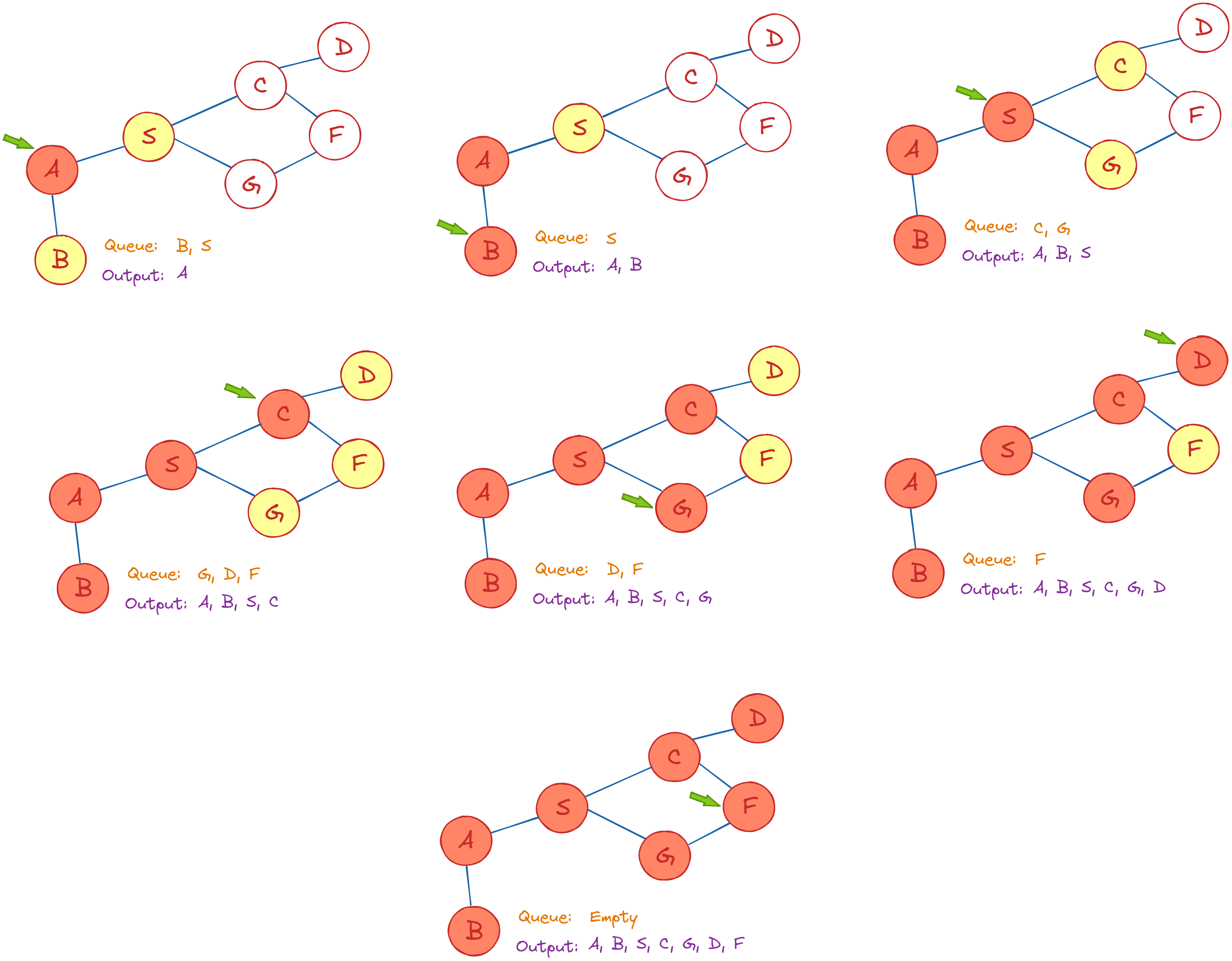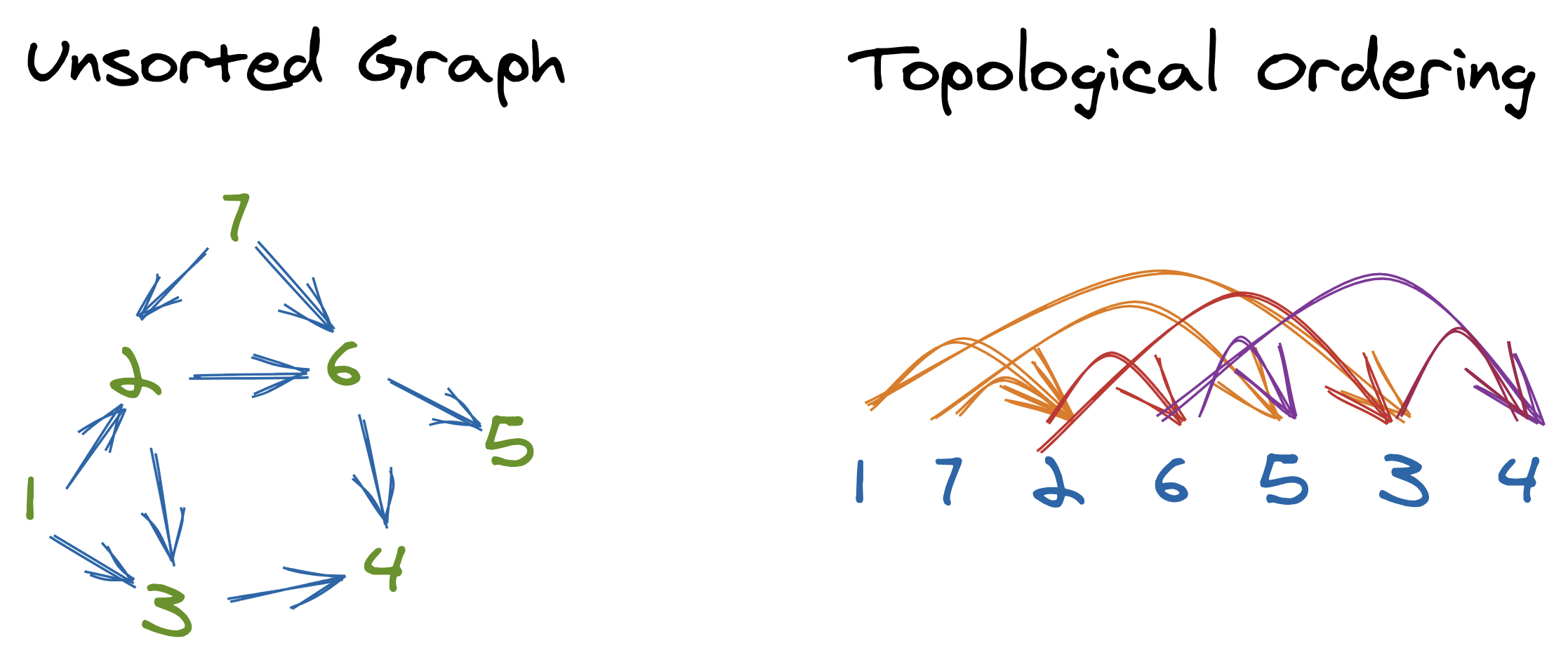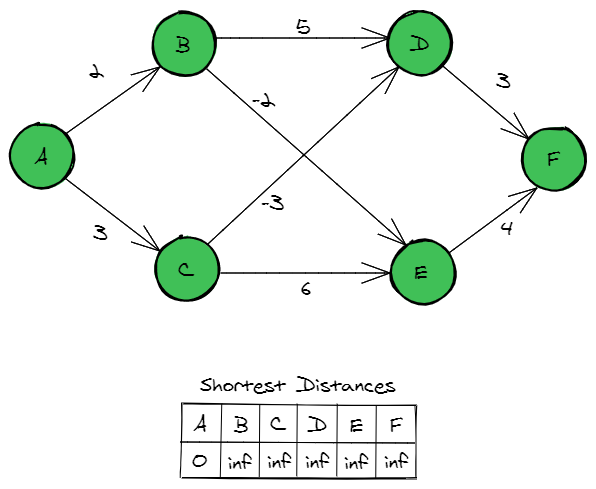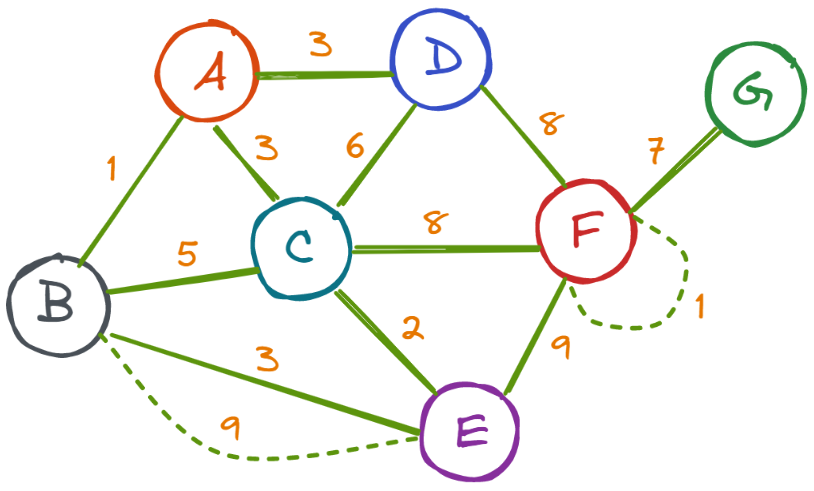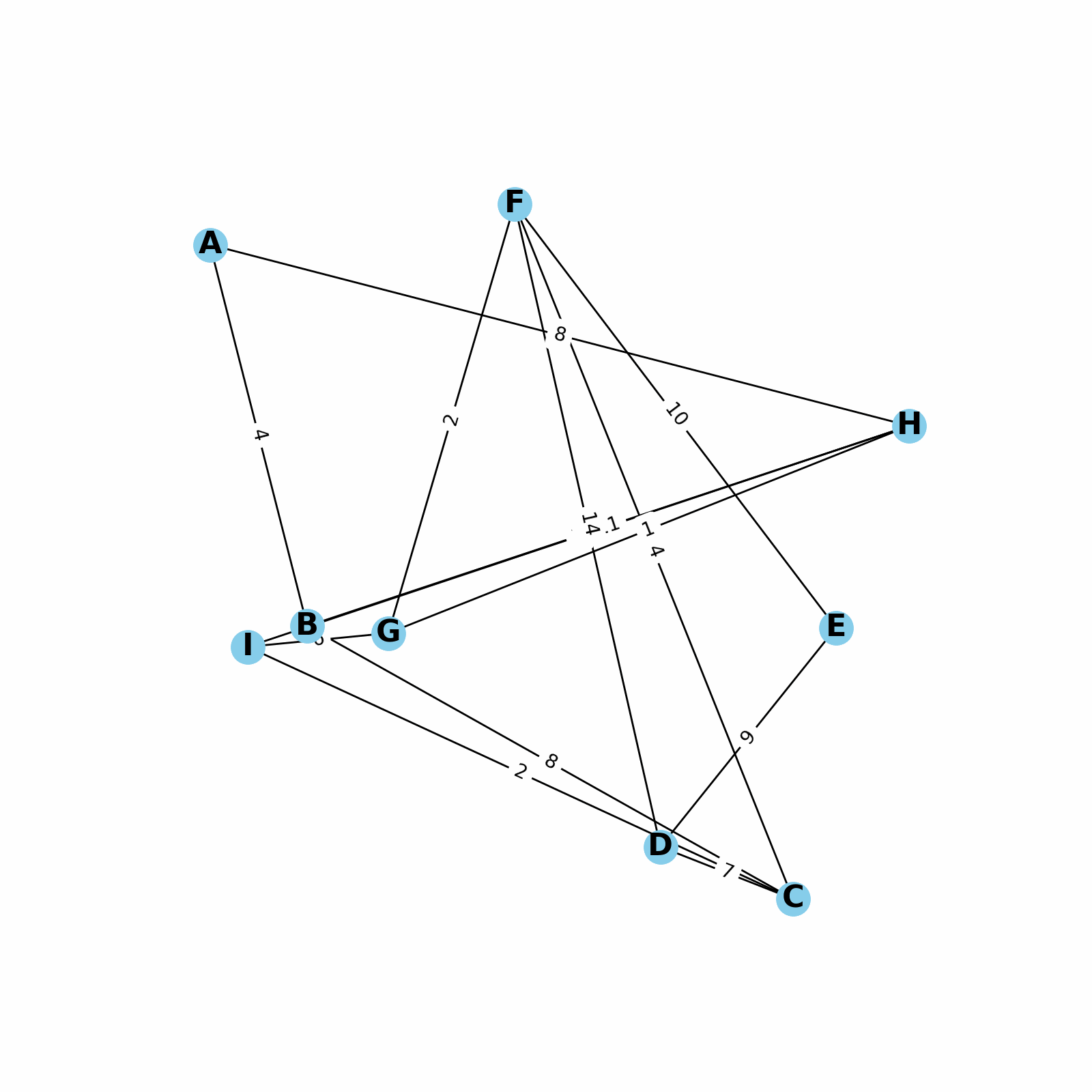
Draw a Graph
In programming, we use graphs to model relationships between objects. Social media, map and GIS software, and the entire World Wide Web are built on top of these simple but foundational data structures.
So what exactly is a graph? A graph is a collection of nodes connected by edges (or lines). Nodes can be anything: people, places, things. Edges connect two or more nodes together. If you're familiar with social networking sites like Facebook or Twitter, you've already seen graphs in action.
Graphs are an extremely powerful tool for understanding our world because they capture relationships between objects, or how those objects relate to one another. You can use them to represent everything from connections between friends on social networks, to road networks that criss-cross cities and countries around the world.

Section Menu
How do I use this section?





